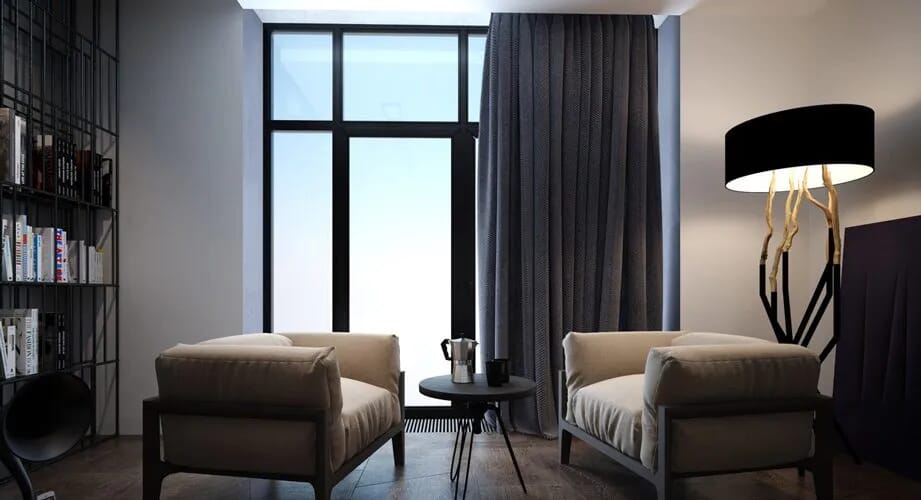
8 Minute Read
Soundproofing an Apartment: Myths & Advice
Noise is the biggest complaint between neighbours in adjoining properties. It's no surprise that people will try almost anything to get some peace. We're breaking down the myths and what you could do instead.
Categories
Advice
Guide
Every day in the UK, nearly 1,200 noise complaints are made, that’s over 450,000 every year. The biggest source of these complaints is noise between neighbours in adjoining properties. So, it’s no shock that we regularly hear from people looking to soundproof their apartments, whether it’s to block out a noisy neighbour or reduce external sounds like traffic.
But soundproofing isn’t as simple as laying a thick rug or placing furniture along a shared wall. Proper soundproofing involves eliminating all the paths that sound can travel through, whether that’s a wall, a window or the gap under a door.
The reality is, effective soundproofing is rarely a simple or DIY job. It often involves construction work, structural changes, and the right combination of materials and techniques.
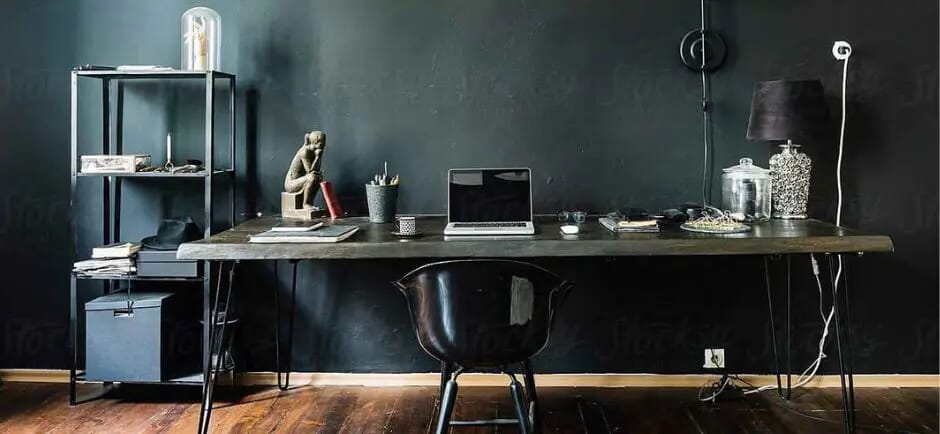
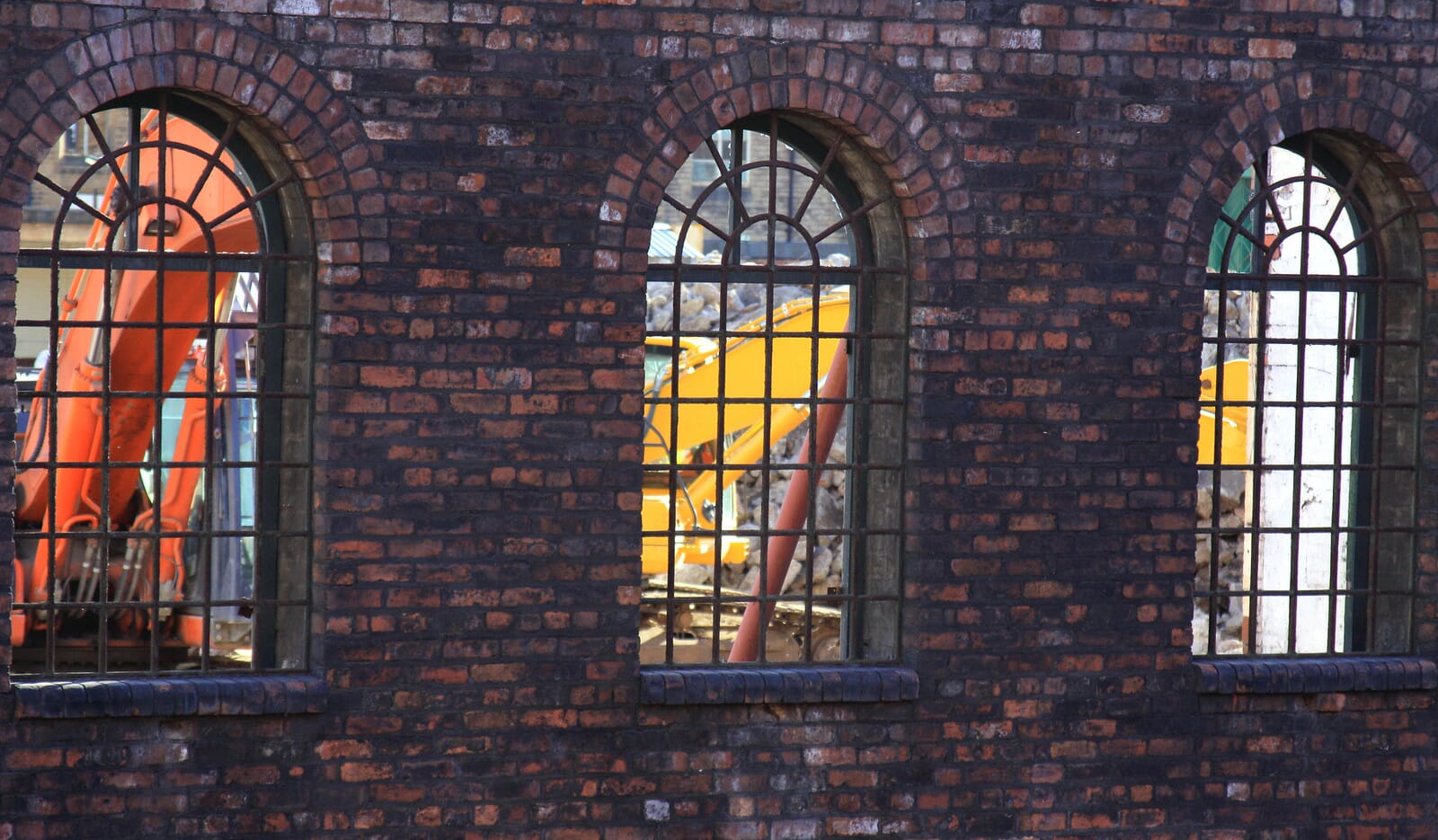
What is Soundproofing?
Soundproofing is all about reducing unwanted noise and controlling how sound waves move in and out of your living space. Whether you’re dealing with noise from a busy street, loud neighbours, or simply want a quieter room, soundproofing uses a combination of materials and techniques to block sound transmission, absorb sound energy, and eliminate sound leaks.
By effectively soundproofing your apartment or home, you can block sound from entering or escaping, cut down on noise pollution, and create a more peaceful environment. Understanding the basics of soundproofing; like how sound travels, where it leaks in, and which solutions work best—can make a big difference in improving your comfort and quality of life.
Understanding Noise Types
Not all noise is created equal, and knowing the difference is key to choosing the best soundproofing solution. There are two main types of noise to consider: airborne noise and impact noise.
- Airborne noise includes sounds like voices, music, or external noise from traffic—these travel through the air and can easily pass through thin walls or windows.
- Impact noise, on the other hand, is caused by vibrations, such as footsteps on a floor or objects being dropped, which travel through the structure of a building.
To effectively soundproof your space, it’s important to identify which type of noise you’re dealing with. Acoustic insulation and acoustic panels are great for reducing airborne noise, while high mass materials like mass loaded vinyl are better suited for blocking impact noise. By matching the right soundproofing materials to the type of noise, you can more effectively soundproof your space and enjoy a quieter environment.
Soundproofing Myths About Soundwaves
Myth 1 : Do you need to soundproof an echoing apartment?
If your space feels echoey or noisy, that’s an issue of sound absorption, not soundproofing. Acoustic panels or soft furnishings can help reduce echo inside your apartment, but they won’t stop external noise from getting in. For advice on using sound absorption in your apartment, head to our domestic acoustics page.
Myth 2: Will acoustic panels help with soundproofing?
If the cause of your noise problem is coming from an external source, acoustic panels will not help. Although they offer a small amount of soundproofing, alone, they are not enough to stop external noise from entering your apartment.
Myth 3: Will soft furnishings to stop noise?
While rugs, curtains and cushions do help absorb sound and improve acoustic comfort, they don’t block noise from entering or leaving a space. True soundproofing requires materials with mass, isolation and proper sealing to block sound transmission.
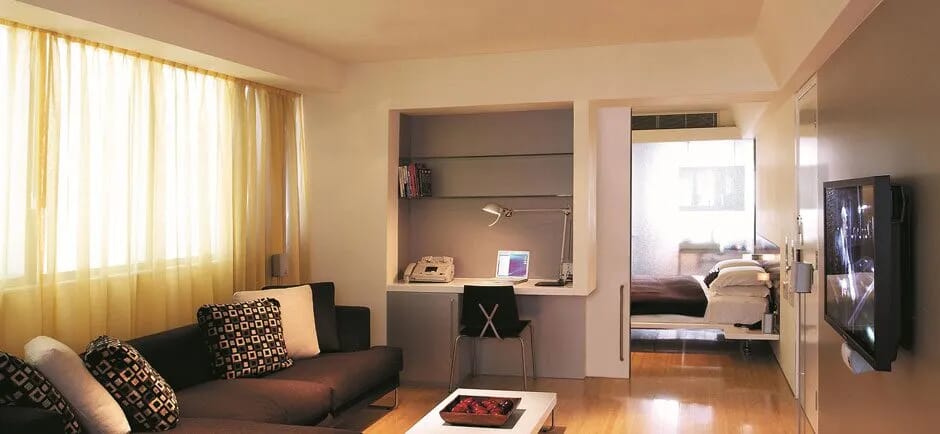
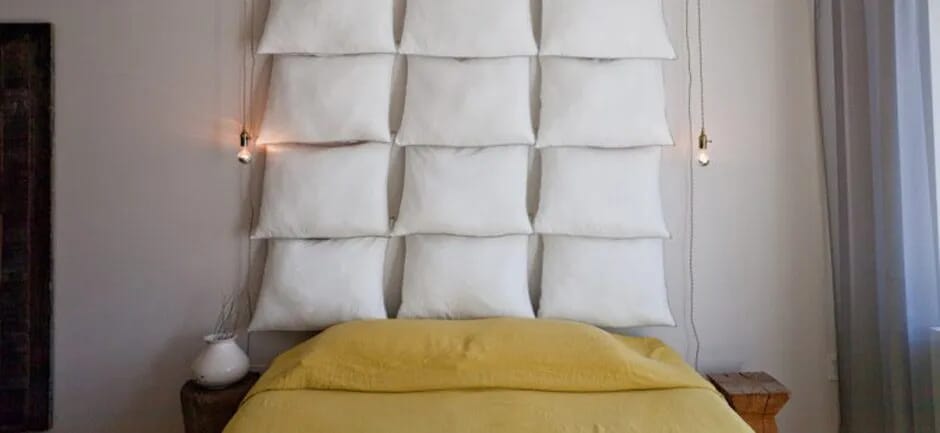
UK Regulations for Soundproofing
In the UK, soundproofing in residential buildings is governed by Approved Document E of the Building Regulations. These soundproofing regulations set minimum standards for sound insulation between homes, helping to reduce noise pollution and improve living conditions.
If you’re a property owner or involved in construction, it’s essential to ensure your building meets these requirements. This often means using materials like acoustic plasterboard and adding acoustic insulation to both walls and floors. Sealing gaps to prevent sound leaks is also a crucial step in achieving compliance. By following these regulations, you not only create a more comfortable space but also avoid potential legal issues and complaints from neighbours.
What Can You Do for Acoustic Insulation?
For Owners
Proper soundproofing follows three key principles: mass, absorption and decoupling. This means adding heavy materials to walls with sound-absorbing properties and separating wall layers so they don’t transmit vibration. This often involves opening up walls or ceilings, and while the results can be excellent, the process can be complex and expensive.
To address noise from noisy neighbours, you may need to install acoustic mineral wool or mineral wool in cavity walls, ceilings, or floors, especially if your building has timber joists. Adding acoustic insulation and using specialist soundproofing systems can help reduce both airborne sound and impact sound, minimizing sound transfer between spaces. Soundproofing walls and soundproofing floors often involves installing or having installed materials like acoustic mineral wool, dense plasterboard, or decoupling systems, and the specific method depends on whether your ceiling is a timber joist or concrete construction.
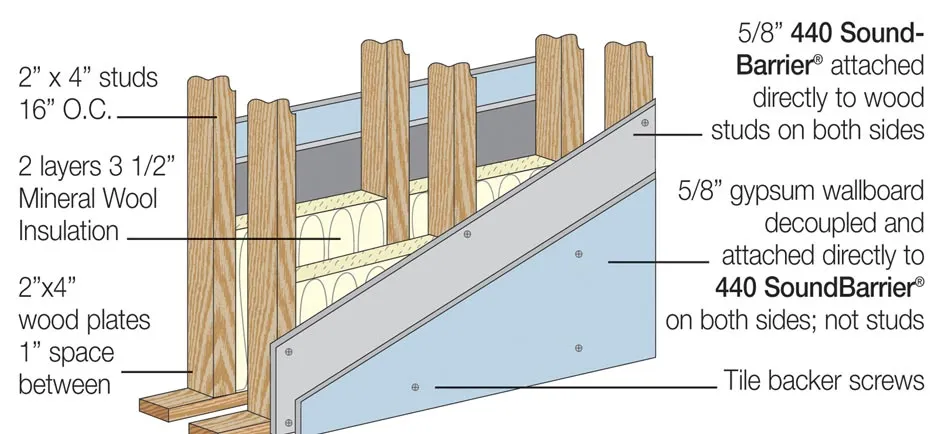
Renters
If you’re renting, you may not be able to make structural changes, but there are still ways to reduce noise levels and improve comfort.
Budget Friendly Soundproofing Options
You don’t have to spend a fortune to make a noticeable difference in your home’s soundproofing qualities. There are plenty of budget friendly options that can help reduce noise and improve acoustic comfort. Adding mass to your walls or floors—such as by installing acoustic panels or using mass loaded vinyl—can help block sound transmission.
Sealing gaps with acoustic sealant is another cost-effective way to prevent noise from slipping through small cracks and joints. Even choosing the right floor finish, like a sound-absorbing carpet or underlay, can make a big difference. By focusing on these key principles and using affordable soundproofing materials, you can effectively soundproof your space without breaking the bank.
Tips for Reducing Noise
- Talk to your neighbours
If noise is coming from next door, a polite conversation is always the best first step. Many people don’t realise how easily sound travels. If that doesn’t help, speak with your landlord or building manager. As a last resort, you can file a noise complaint with your local council. - Seal your doors
Your apartment door might be the biggest weak spot. Sound from hallways often enters through gaps around the frame. Most internal doors are lightweight and hollow, making them poor barriers to sound. Installing acoustic door seals can make a big difference by eliminating those gaps and improving isolation. To fix this issue, you can use an acoustic door seal kit to eliminate gaps around the edge of the door, preventing noise from travelling through your door. - Address your Windows
Single-glazed windows are a major source of noise transfer. Installing a secondary glazing system or window seal kit can add an extra layer of insulation. This creates a sealed air gap that helps block external sound. Heavy curtains or acoustic drapes can also offer some relief.
Common Soundproofing Mistakes
-
- Adding Acoustic Panels for soundproofing
One of the most common errors is not addressing the actual source of the noise problem – simply adding acoustic panels to a wall won’t block sound transmission if the wall structure itself is what is letting the noise in. - Failing to seal gaps and cracks
Another frequent mistake is failing to seal gaps and cracks, which can allow sound to leak in or out even if you’ve used the best materials.
- Using the wrong materials
Using the wrong type of soundproofing materials for the noise you’re facing, or overlooking the importance of adding mass, can also reduce the effectiveness of your efforts.
- Adding Acoustic Panels for soundproofing
To effectively soundproof your space, always start by understanding the specific noise problems, choose the right materials and techniques, and make sure all potential sound leaks are properly sealed. Avoiding these common pitfalls will help you achieve the best possible results and enjoy a quieter, more comfortable environment.
Final Thoughts
Soundproofing isn’t a quick fix, and it’s easy to fall into the trap of spending money on the wrong products. Soft furnishings and acoustic panels are great for reducing echo, but they won’t stop noise coming through walls, doors or windows.
If noise is affecting your quality of life, the best place to start is understanding where it’s coming from and how it’s getting in. From there, you can choose the most appropriate and effective solution.